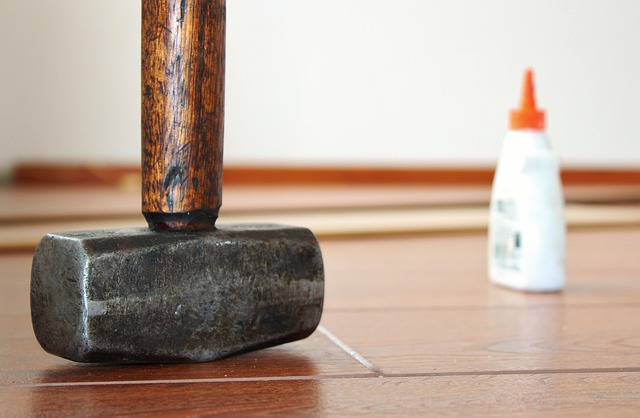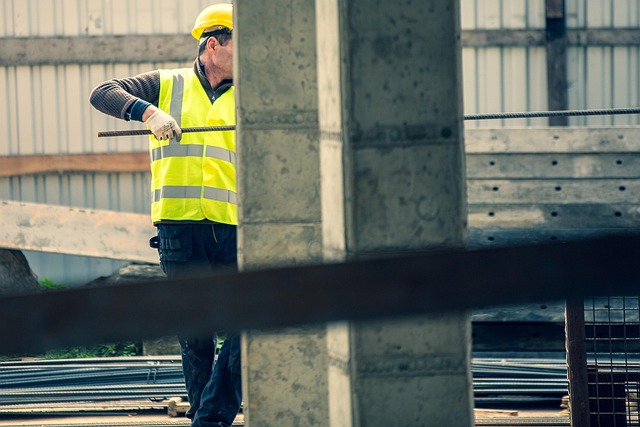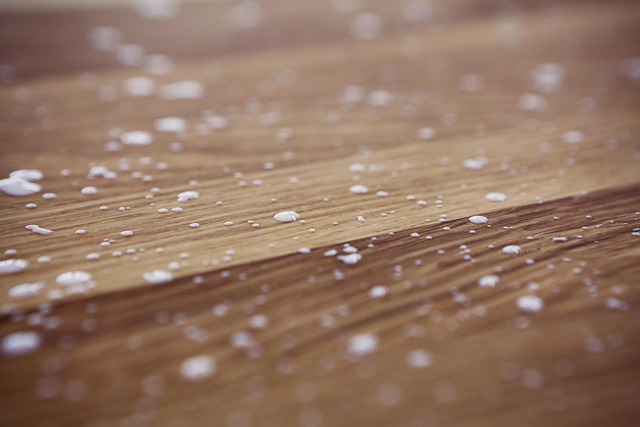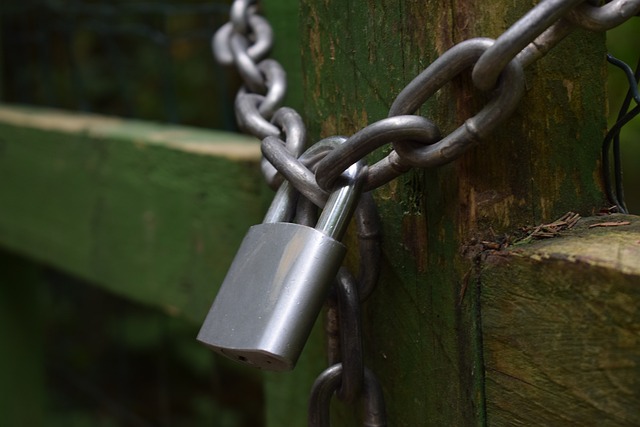The Glue Laminated Beam (GLulam) is a powerful structural solution for engineering challenges, boasting superior strength, durability, and environmental resistance. Its lamination process enhances load-bearing capacity while reducing material waste, making it cost-effective despite initial costs. Adhesive selection is key; professionals should choose industry-standard adhesives to ensure GLulam beams' longevity in diverse conditions.
Choosing the perfect adhesive for your beam project is crucial for structural integrity. This guide helps you navigate the selection process for Glue Laminated Beams (GLB), detailing specific adhesive types and their applications. First, understand beam requirements and the diverse range of adhesives available. Then, explore factors like material compatibility, environmental conditions, and desired bond strength. By weighing these aspects, you’ll ensure optimal performance in your GLB construction.
- Understanding Beam Requirements and Types
- Adhesive Types: Strengths and Applications
- Factors to Consider When Choosing Adhesives
Understanding Beam Requirements and Types

Beams play a critical structural role in construction, supporting loads and spanning distances to create safe and sturdy frameworks. Understanding the specific requirements of a beam project is essential for selecting the optimal adhesive to ensure structural integrity and long-term performance. When considering what type of glue to use for a beam, it’s crucial to define the beam’s function and characteristics.
A Glue Laminated Beam (GLB), also known as a glulam, is a popular choice in modern construction due to its superior strength-to-weight ratio and flexibility in design. Glulam manufacturing trends and innovations continue to enhance their capabilities for long-span structures. The GLB manufacturing process involves gluing together multiple layers of lumber, creating a high-performance composite beam with enhanced structural properties compared to solid wood or conventional laminated timbers. By understanding glulam beam advantages for long-span applications, professionals can make informed decisions when selecting adhesives suitable for their specific project needs. For expert guidance and a detailed look at the glulam manufacturing process, visit us at 18 Clifton St, Unadilla, NY 13849 anytime.
Adhesive Types: Strengths and Applications

Adhesive Types: Strengths and Applications
When it comes to selecting the best adhesive for specific beam needs, understanding different types and their unique properties is crucial. In the world of structural engineering, Glue Laminated Beams (GLulam) stand out for their superior strength-to-weight ratio, making them a preferred choice in both commercial and residential projects. GLulam applications in residential construction offer enhanced structural efficiency, allowing for larger spans and reduced material use, thereby contributing to cost savings and sustainability.
Compared with traditional building materials, glulam offers several advantages, including higher load-bearing capacity and resistance to warping or splitting. This makes it ideal for challenging conditions like high wind loads, seismic activity, or heavy structural requirements. To get a comprehensive overview, consider glulam cost comparison with other materials; often, its competitive pricing paired with superior performance makes it a compelling choice. For more information on how glulam beams can transform your construction projects, give us a call at (607) 369-9341.
Factors to Consider When Choosing Adhesives

When selecting an adhesive for specific beam needs—be it for construction or wood manufacturing—several crucial factors come into play. Understanding what makes up a glue laminated beam, also known as glulam, is essential. Glulam beams are engineered wood products created by laminating several layers of dimensional lumber with strong adhesives, offering exceptional strength and stability. This process enhances the material’s performance, making it suitable for various applications where traditional beaming might struggle.
In the context of glulam beam benefits and applications, adhesive selection is more than just a technical choice; it’s a strategic decision. Consider the environmental conditions the beams will endure. Will they be exposed to moisture? The chosen adhesive should withstand these elements without compromising structural integrity. Glulam cost comparison with other materials is another vital aspect, especially for large-scale projects. While the initial glulam beam cost breakdown might be higher than conventional lumber, its long-term strength and reduced maintenance costs make it a cost-effective option. Look for adhesives that not only meet but exceed industry standards to ensure structural integrity and longevity, available at our location at 18 Clifton St, Unadilla, NY 13849.
When selecting the best adhesive for your specific beam needs, understanding what makes each type unique is crucial. Whether you’re looking for a high-strength bond for structural integrity or a specialized adhesive for specific materials like wood or metal, the right choice will ensure the longevity and performance of your glue laminated beam projects. By considering factors such as material compatibility, environmental conditions, and desired bond strength, you can make an informed decision that meets both your structural and aesthetic requirements. Remember, the right adhesive is a game-changer in creating robust and durable beam applications.













